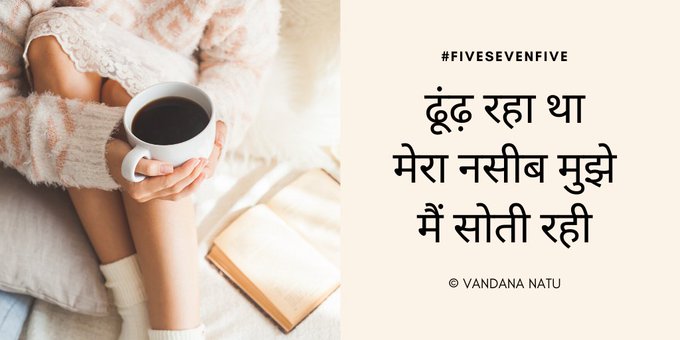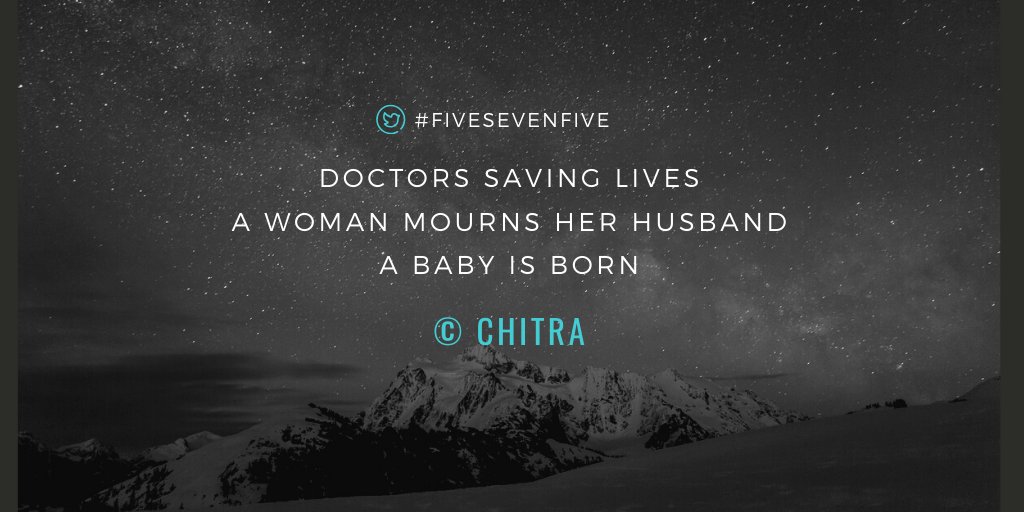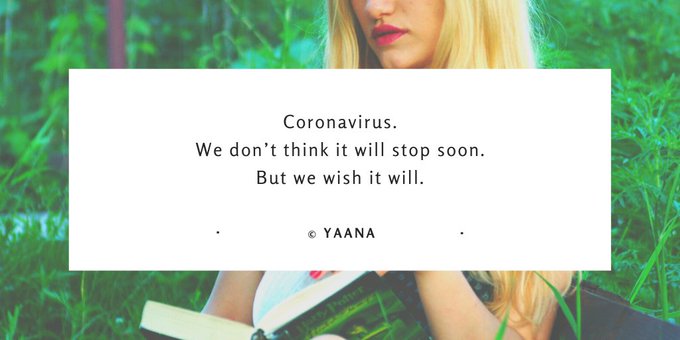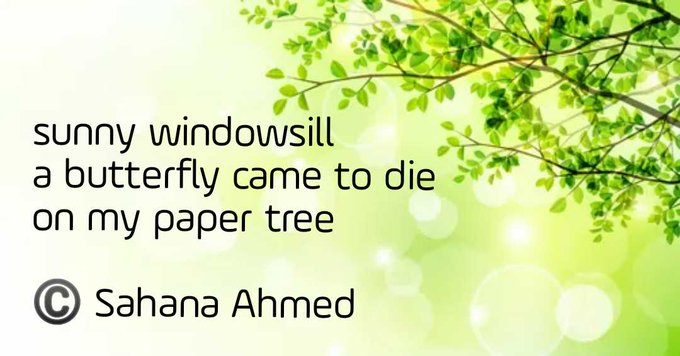Teachers’ Day recognizes the unique role that adults play in the lives of young minds and in shaping a country’s future.
Teachers’ Day is observed annually in India on September 5 to commemorate the birth of the country’s former President, scholar, philosopher, and Bharat Ratna awardee, Dr. Sarvepalli Radhakrishnan, on this day in 1888.
The significance of this day is paramount. It is a day to acknowledge the significance of teachers in shaping the young minds of children. For students, the day also means gifting roses, chocolates, and handmade cards to their favorite teachers to express their gratitude. Teacher’s Day is a day of role reversal and celebration for senior students.
Books to Read on Teachers’ Day:
Literature pays a great due to teachers. Here we have put together a list of books where teachers play an important role in molding their young students.
Matilda develops a bond with her kindergarten teacher, Miss Honey, who encourages her academically and emotionally when no one else does. It is the most adorable and heartwarming book there is, and it shows how a good teacher can shape the mind and life of an innocent child.


Lucy Snowe begins a new life as a teacher at a boarding school in a fictitious city in Belgium. She is attracted to all the things that are adventurous and romantic. Lucy Snowe is the counterpart of Jane Eyre, a more patient reserved version. Villette is Charlotte Bronte’s last book.
 A Lesson Before Dying by Ernest J. Gaines
A Lesson Before Dying by Ernest J. Gaines
This Winner of the National Book Critics Circle Award tells the story of a young man who returns to 1940s Cajun country. His aim? To visit and teach a black youth sentenced to death for a crime he did not commit. They learn about the heroism of resistance as a group. Gaines brings to this novel, a sense of place, a deep understanding of the human psyche, and compassion for people and their struggle against racism and ignorance. His story is just as relevant today.
Anne of Green Gables by M. Montgomery
Miss Stacy, Anne’s teacher, uses unconventional and liberal teaching methods that others criticize, but she becomes a much-needed role model and mentor for Anne.

 The English Teacher by R. K. Narayan
The English Teacher by R. K. Narayan
The English Teacher is a part of a series of novels and collections of short stories set in R. K. Narayan’s fictitious setting of Malgudi. The story follows Krishna, an English teacher, his little triumphs and follies.
Teaching Yoga in an Upside-Down World by Susan Hopkinson
At the Pothi.com Store, we have a book about self-care for teachers, yoga teachers in particular. Susan Hopkinson discovered yoga in 1985, began teaching in 1998 and qualified as a yoga therapist in 2007. She negotiates the path a teacher needs to take in the modern world where fitness instruction and yoga asanas are often confused as one and the same.
We can never thank the good teachers in our lives enough! Share a memory of your favorite teacher or a book on teachers that you read and admired.



 The Baby Elephant Diet by Ravi Mantha
The Baby Elephant Diet by Ravi Mantha![The Healthy Indian Diet by [Raj R. Patel M.D., Anuja Balasubramanian, Hetal Jannu]](https://i2.wp.com/m.media-amazon.com/images/I/51KJYlFZPuL.jpg?resize=150%2C205&ssl=1)

 The Wholesome Kitchen by Pooja Dhingra
The Wholesome Kitchen by Pooja Dhingra














